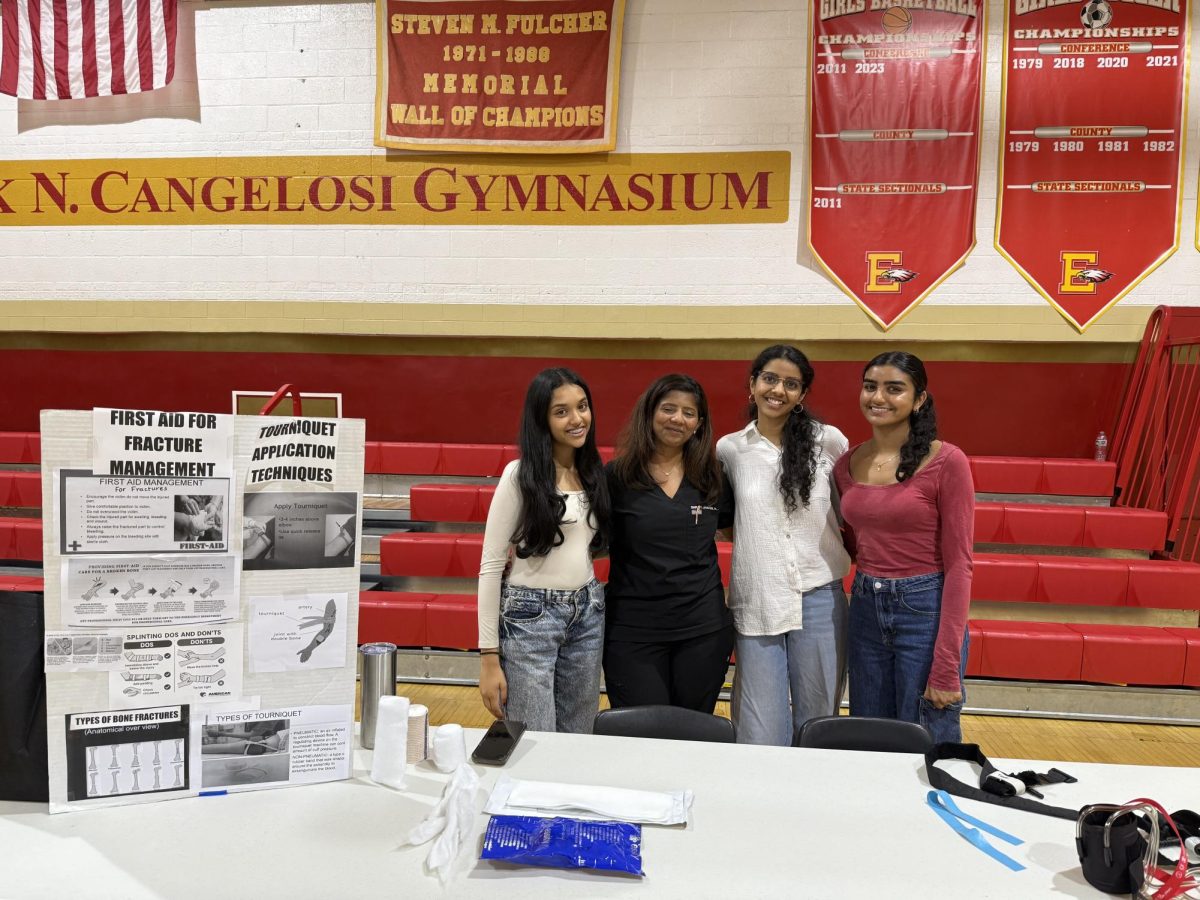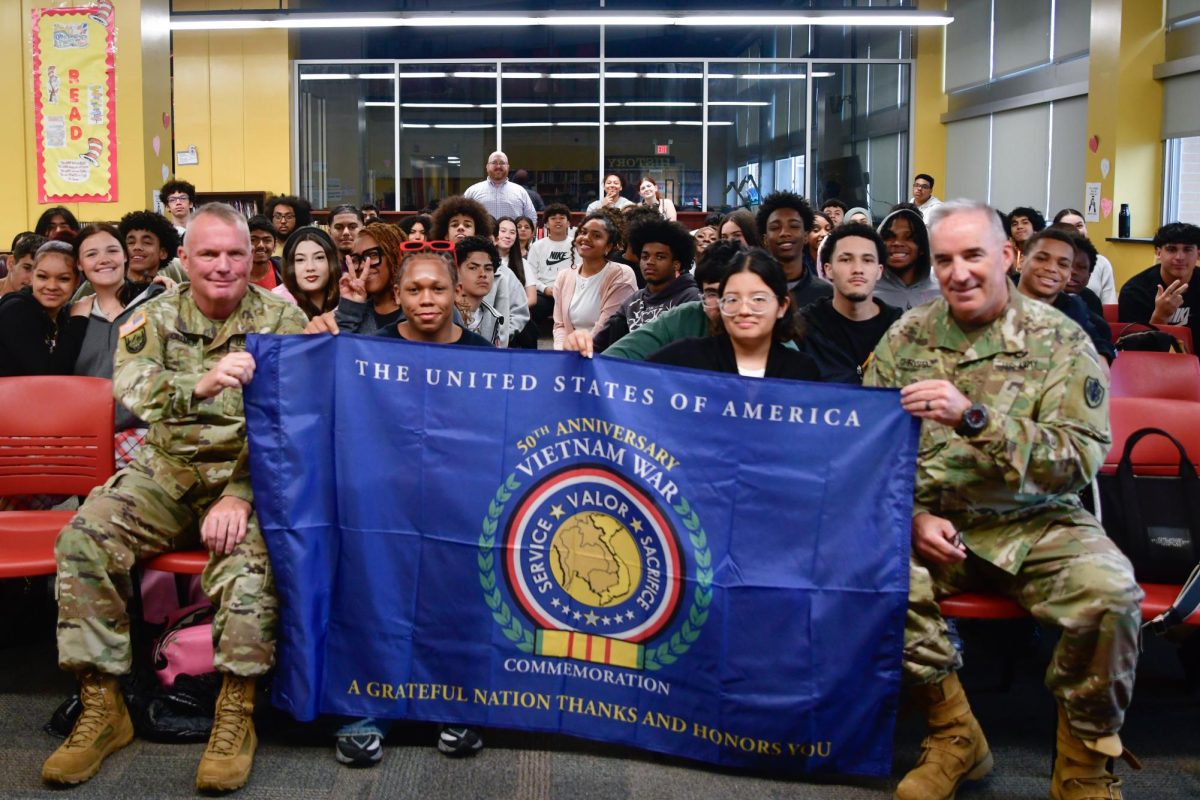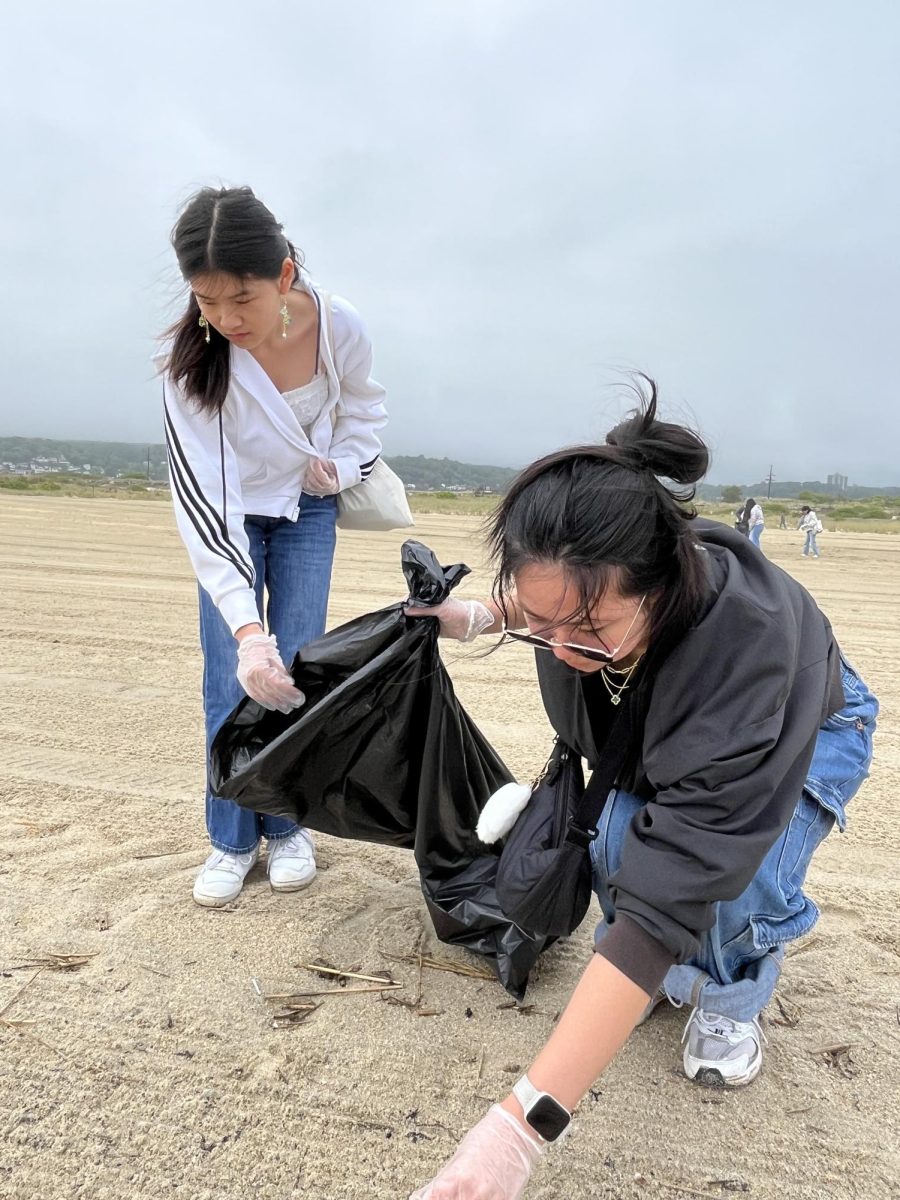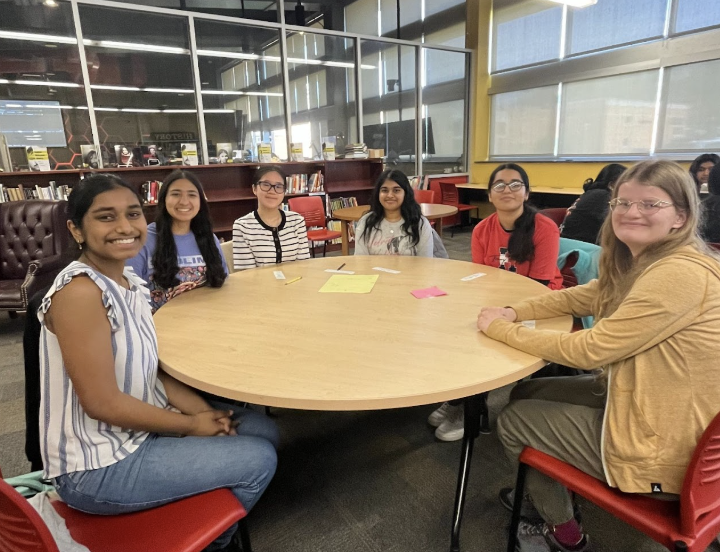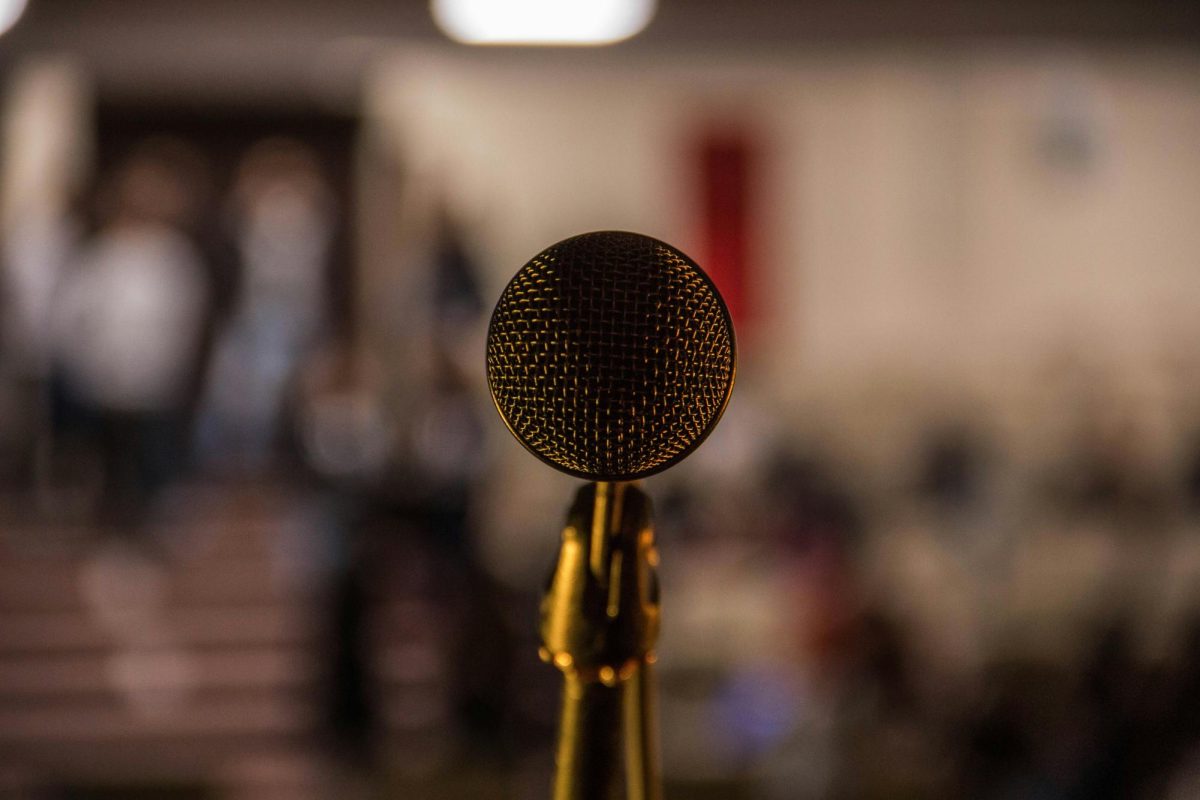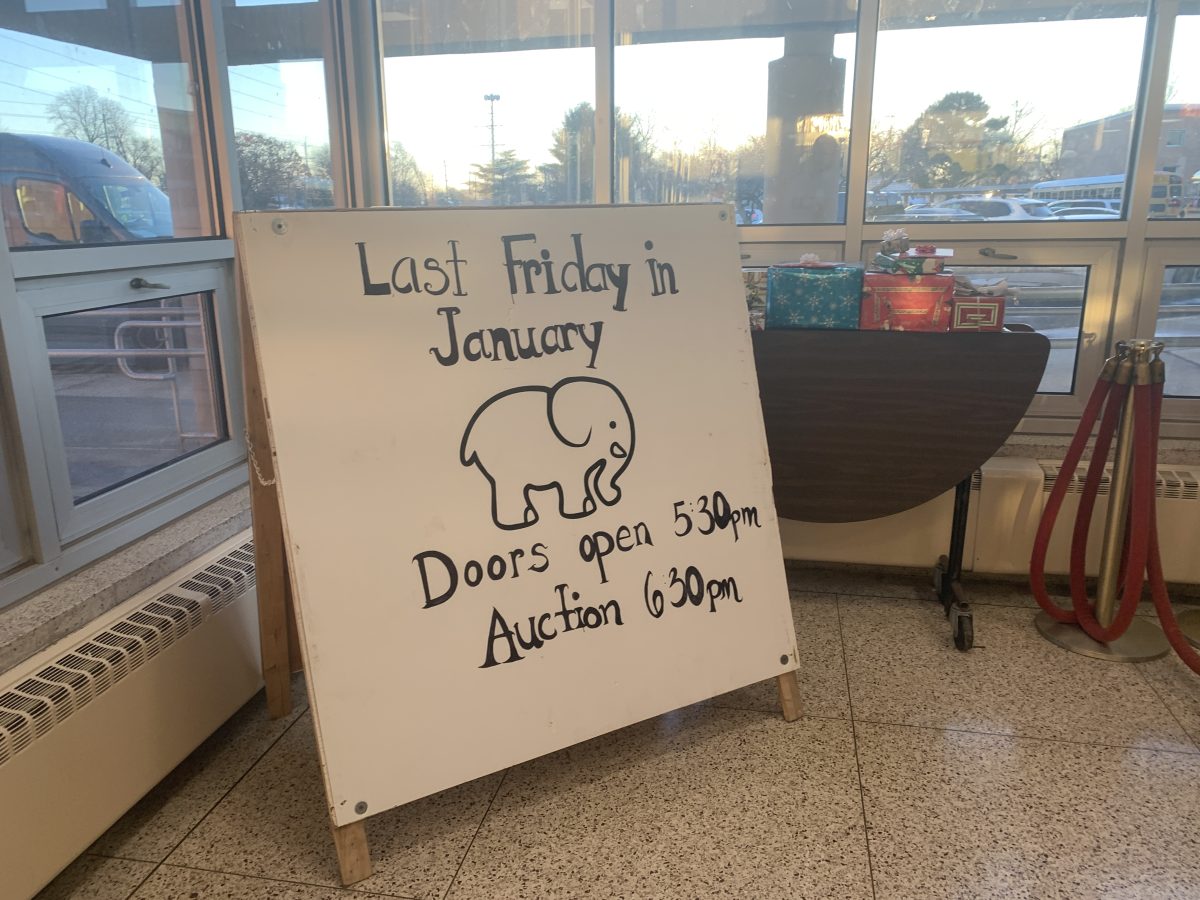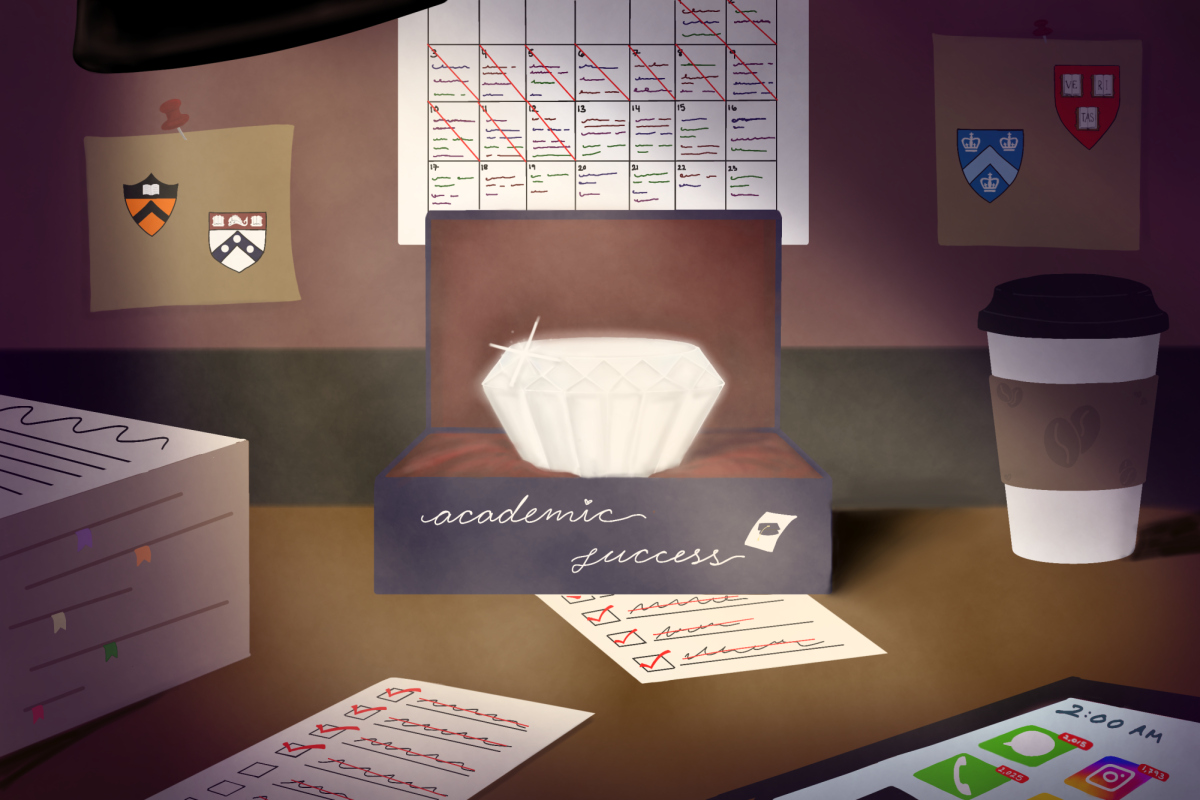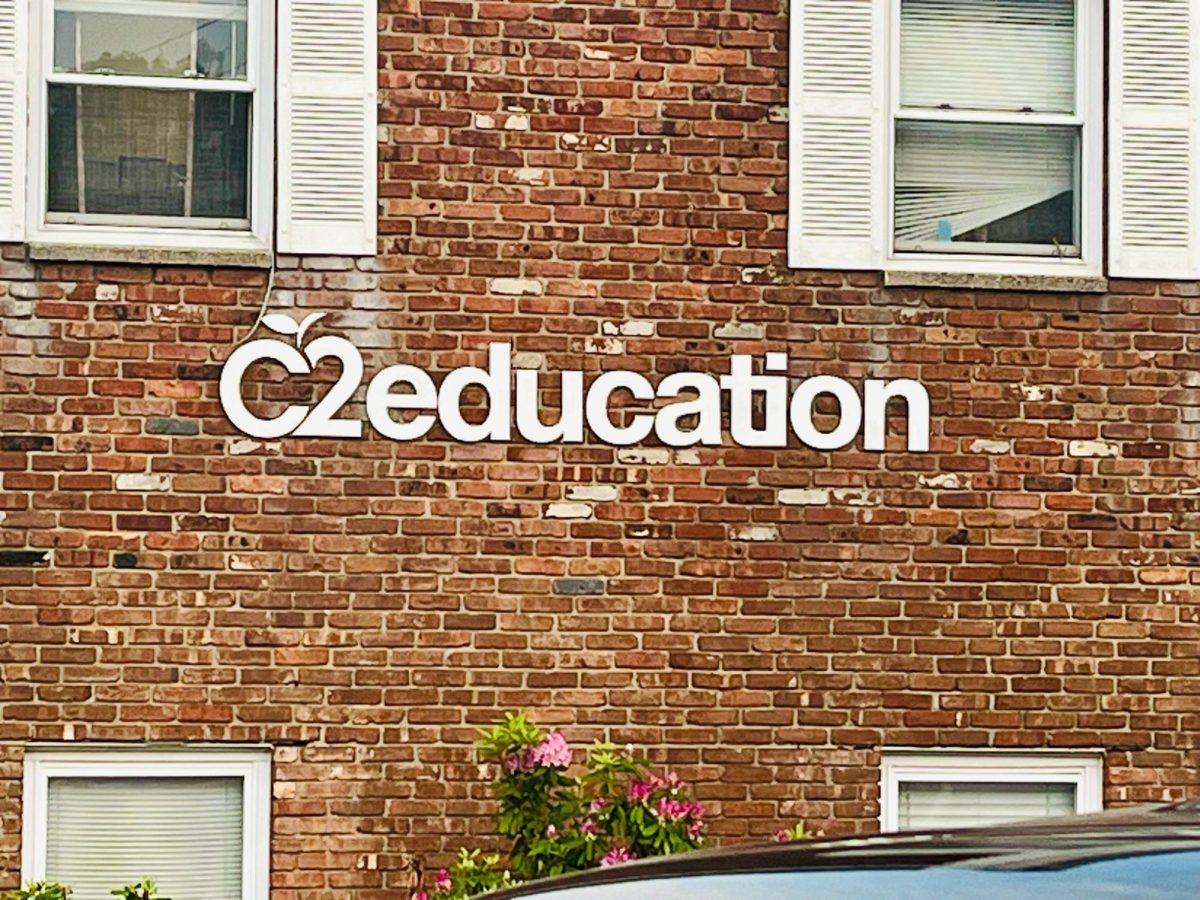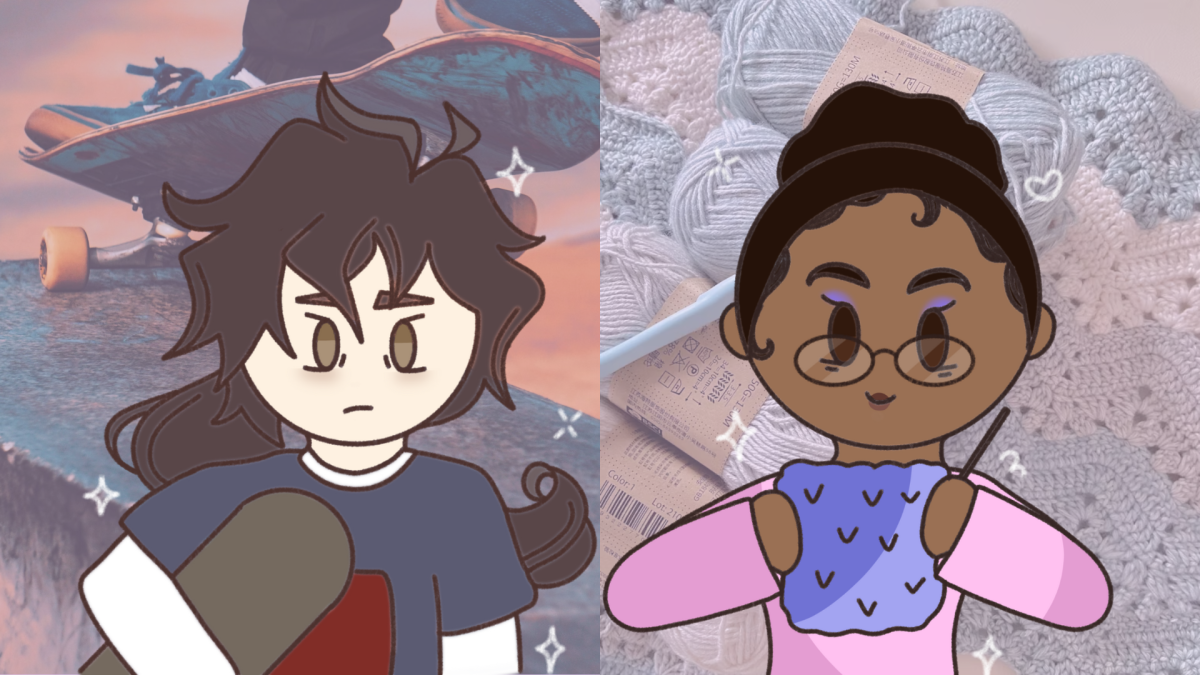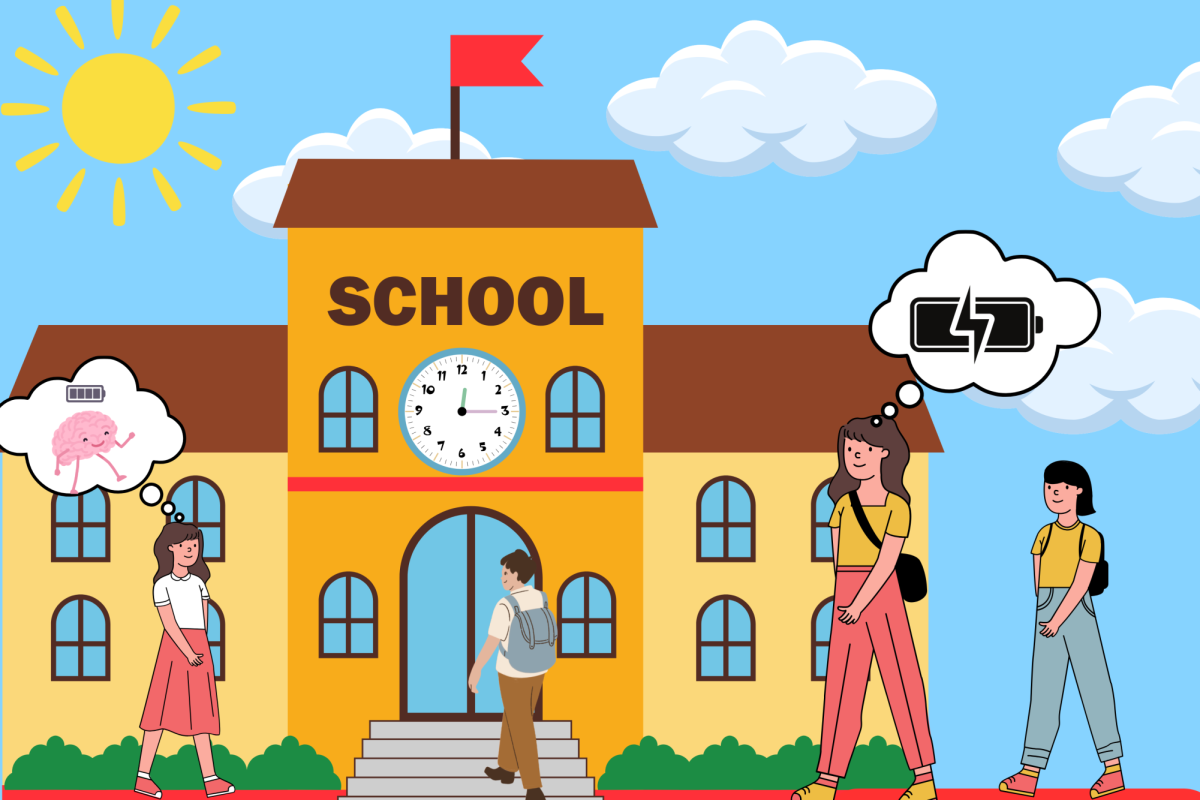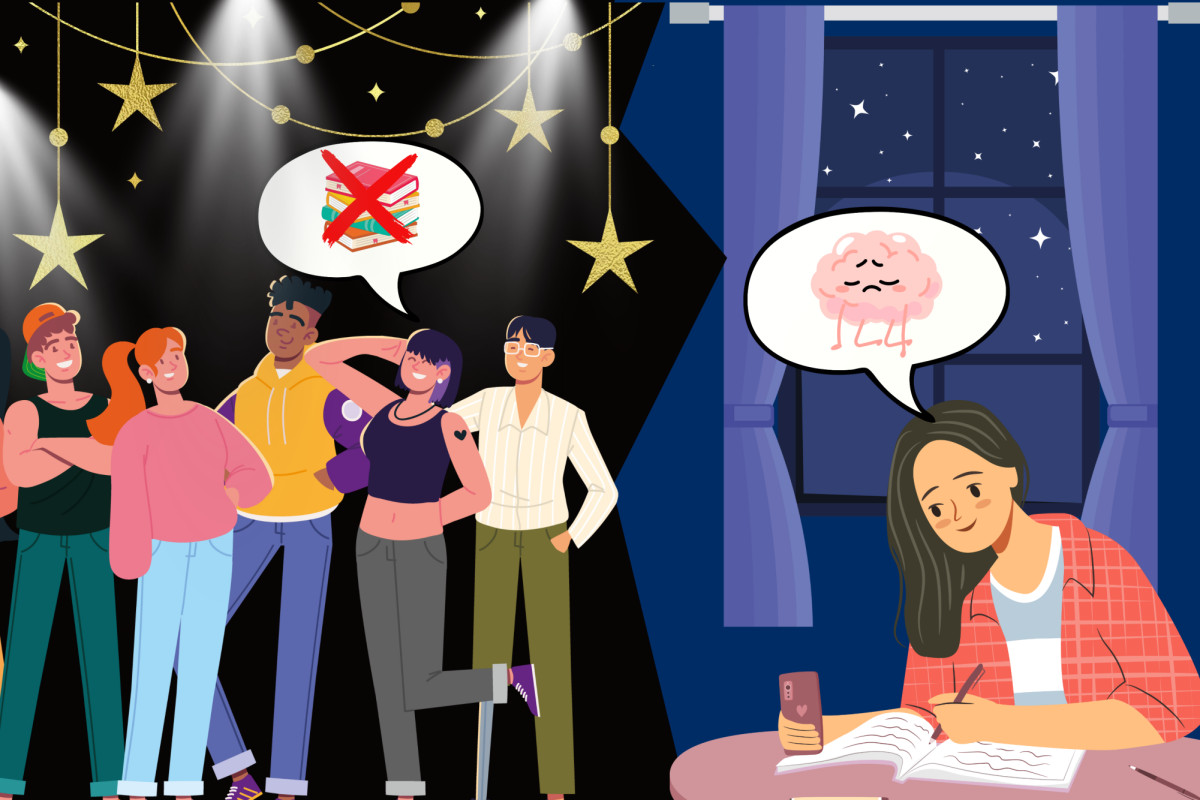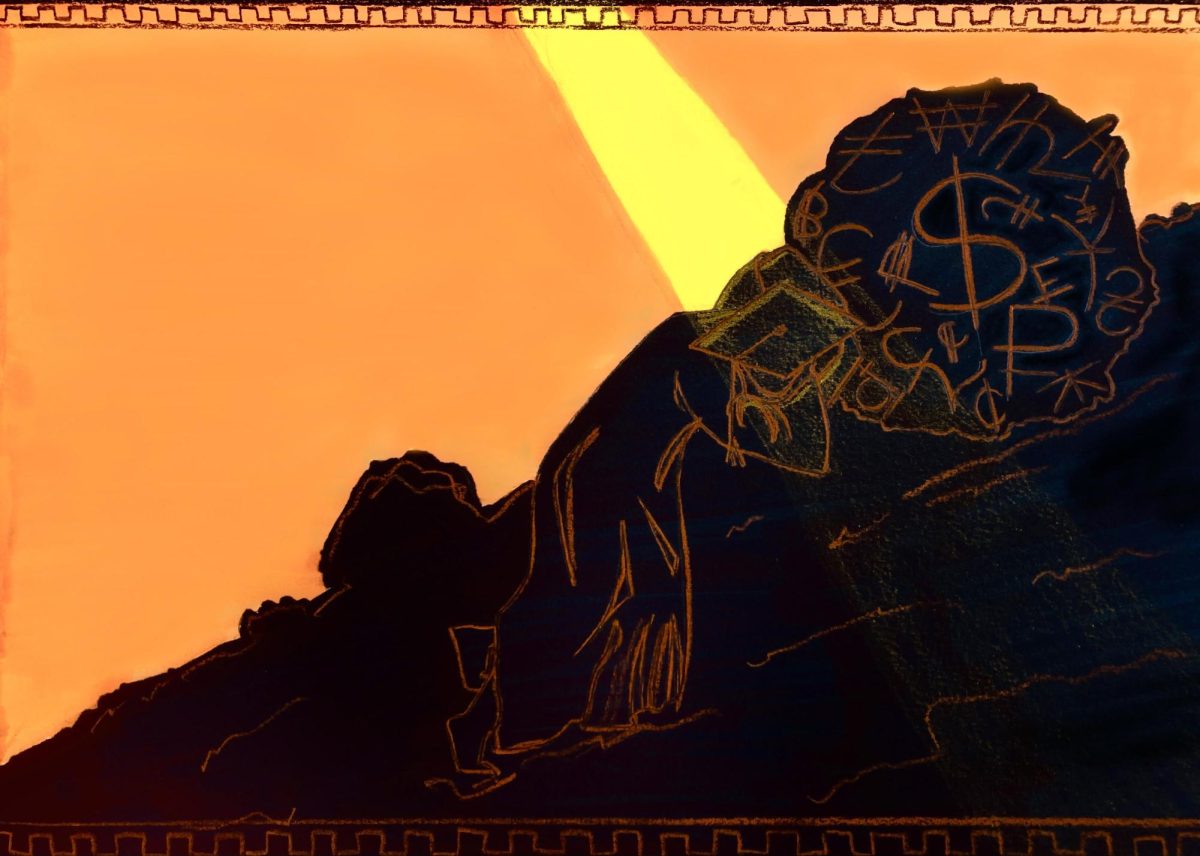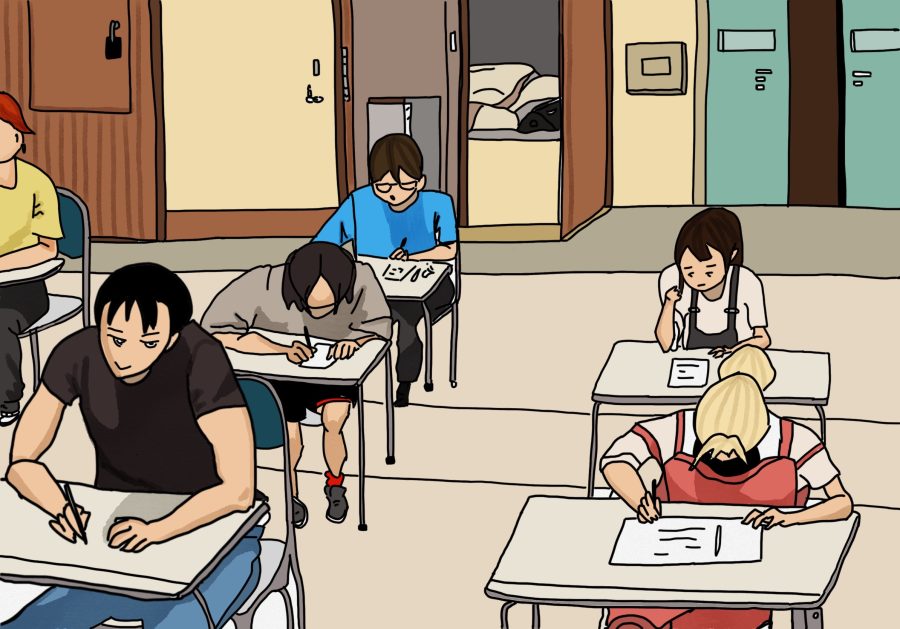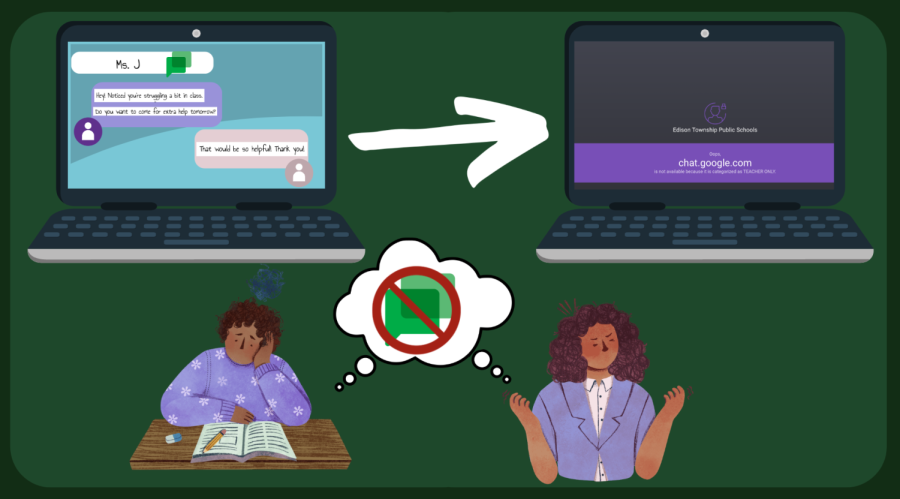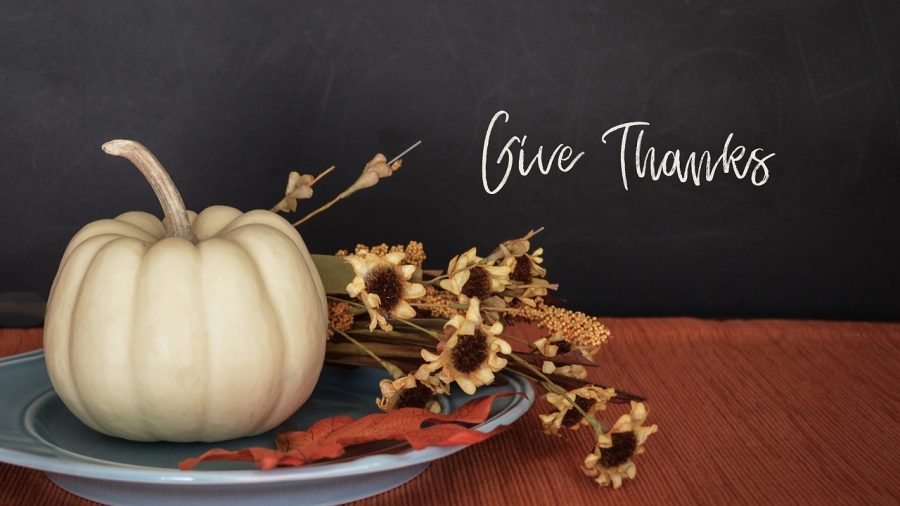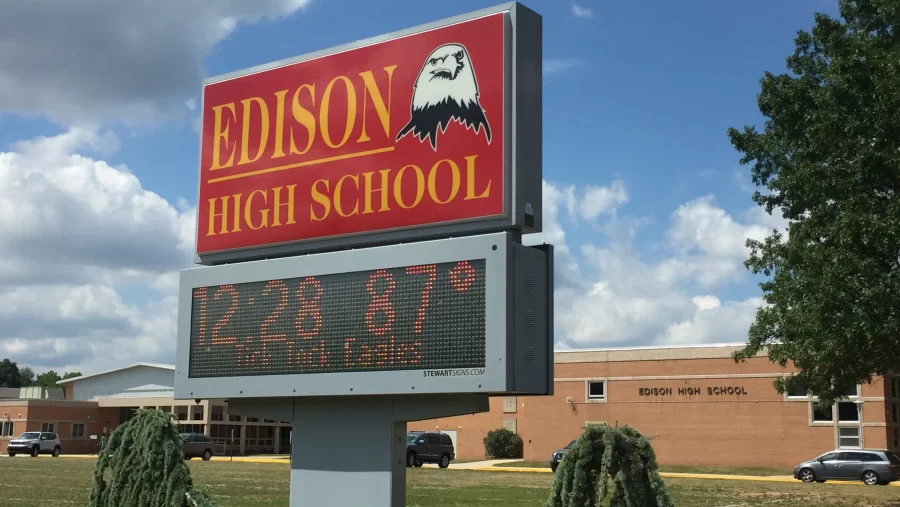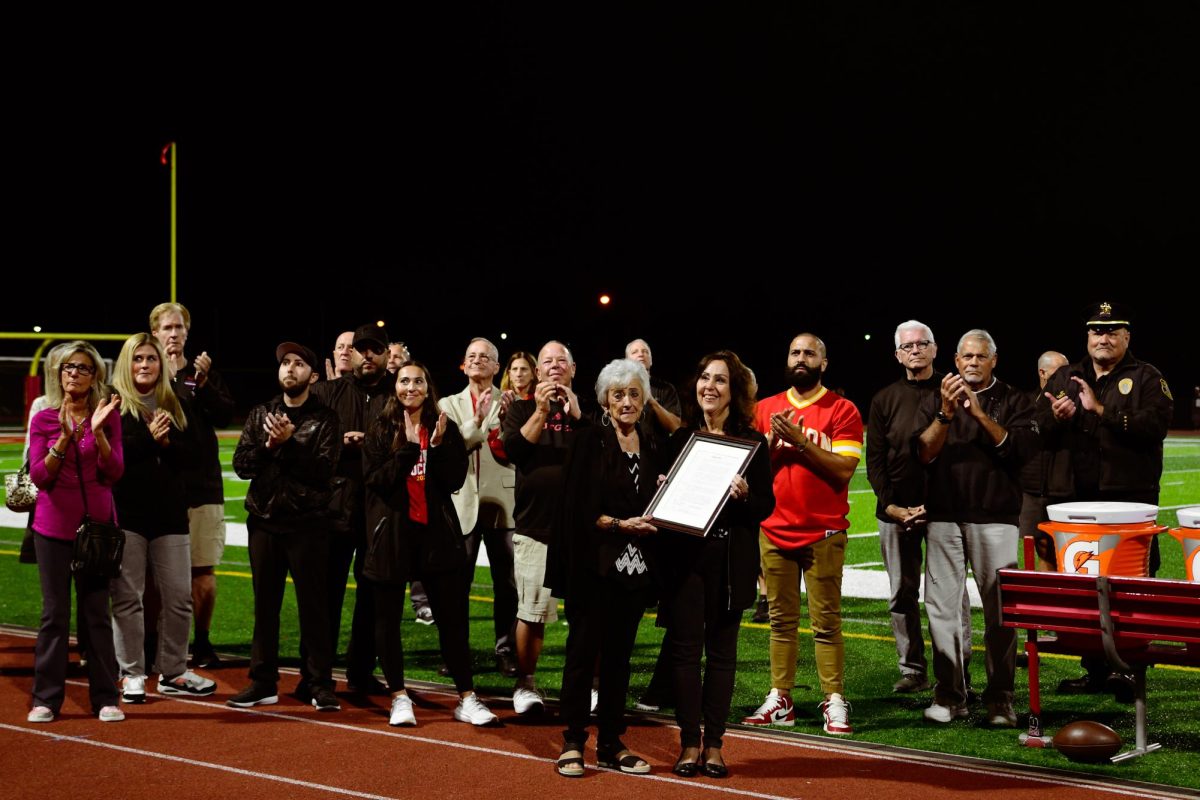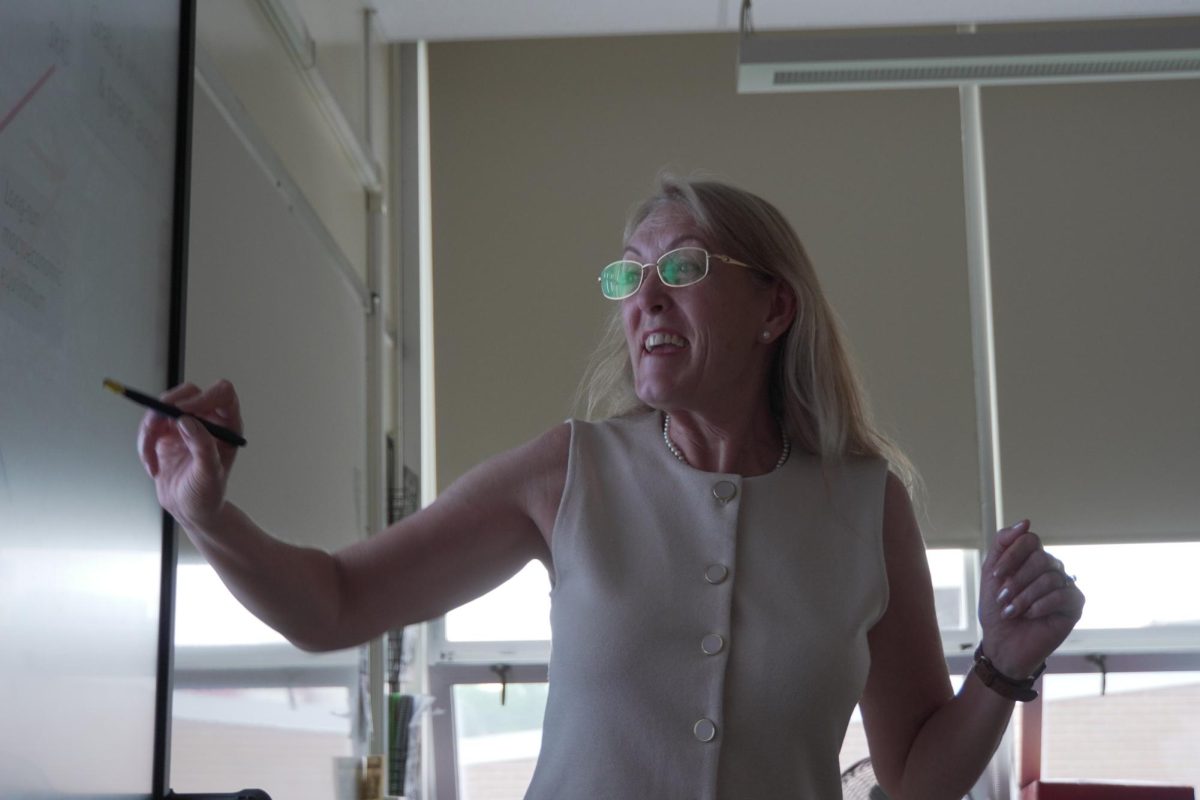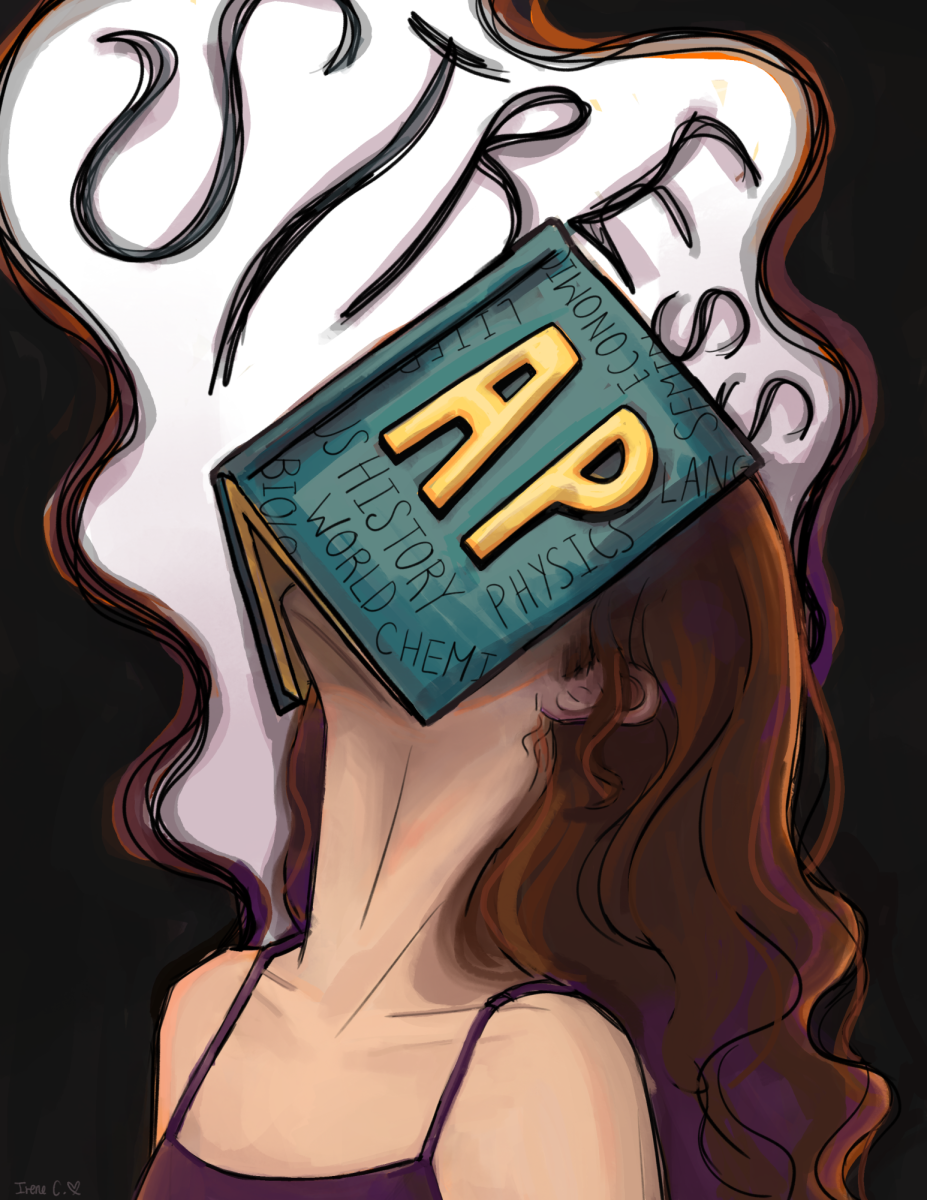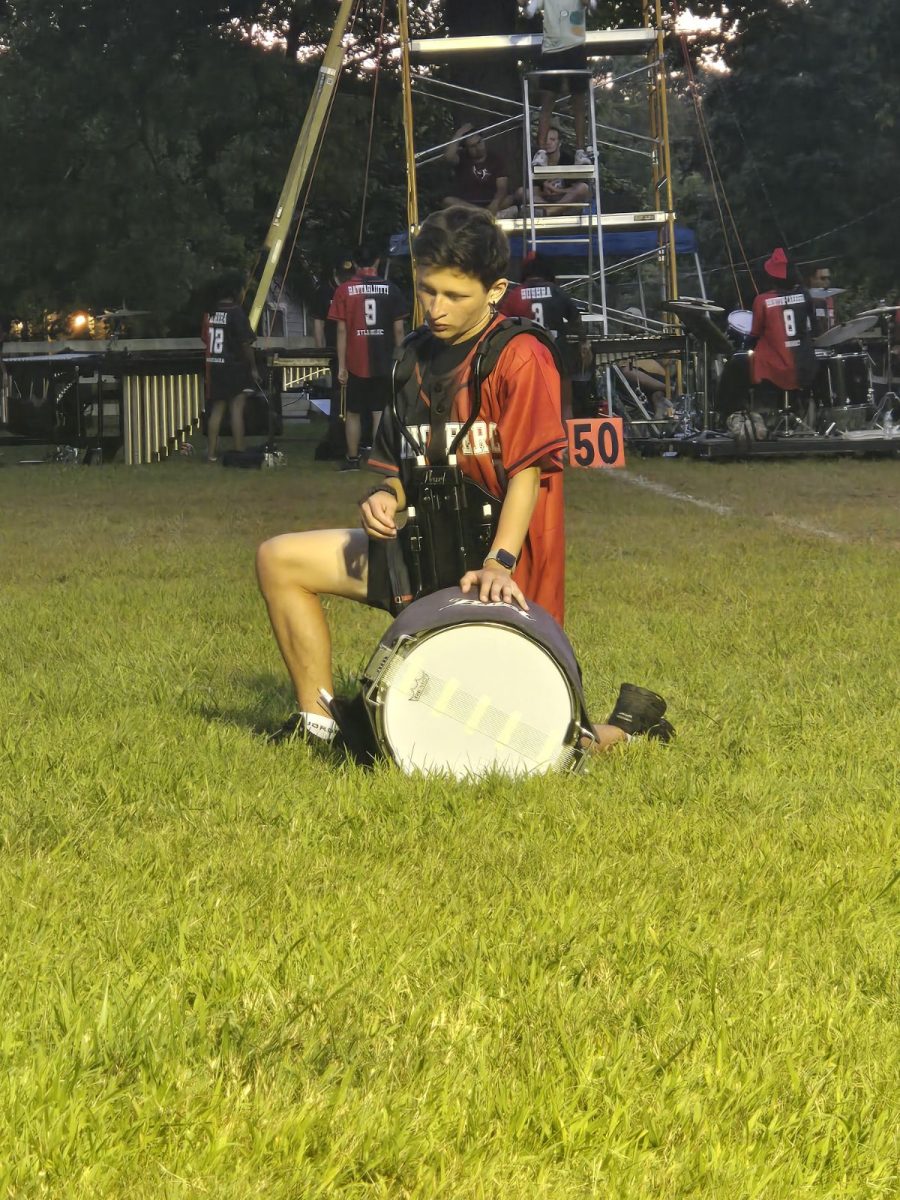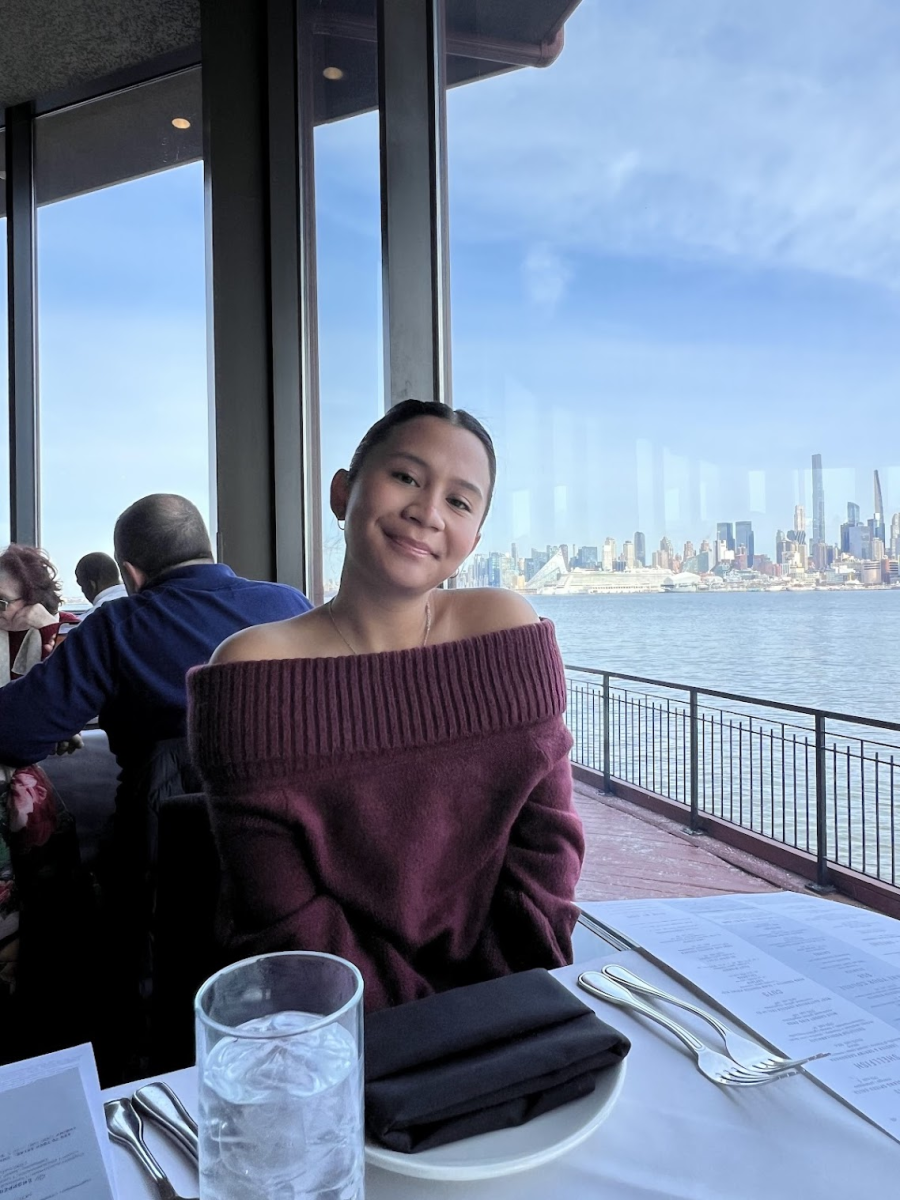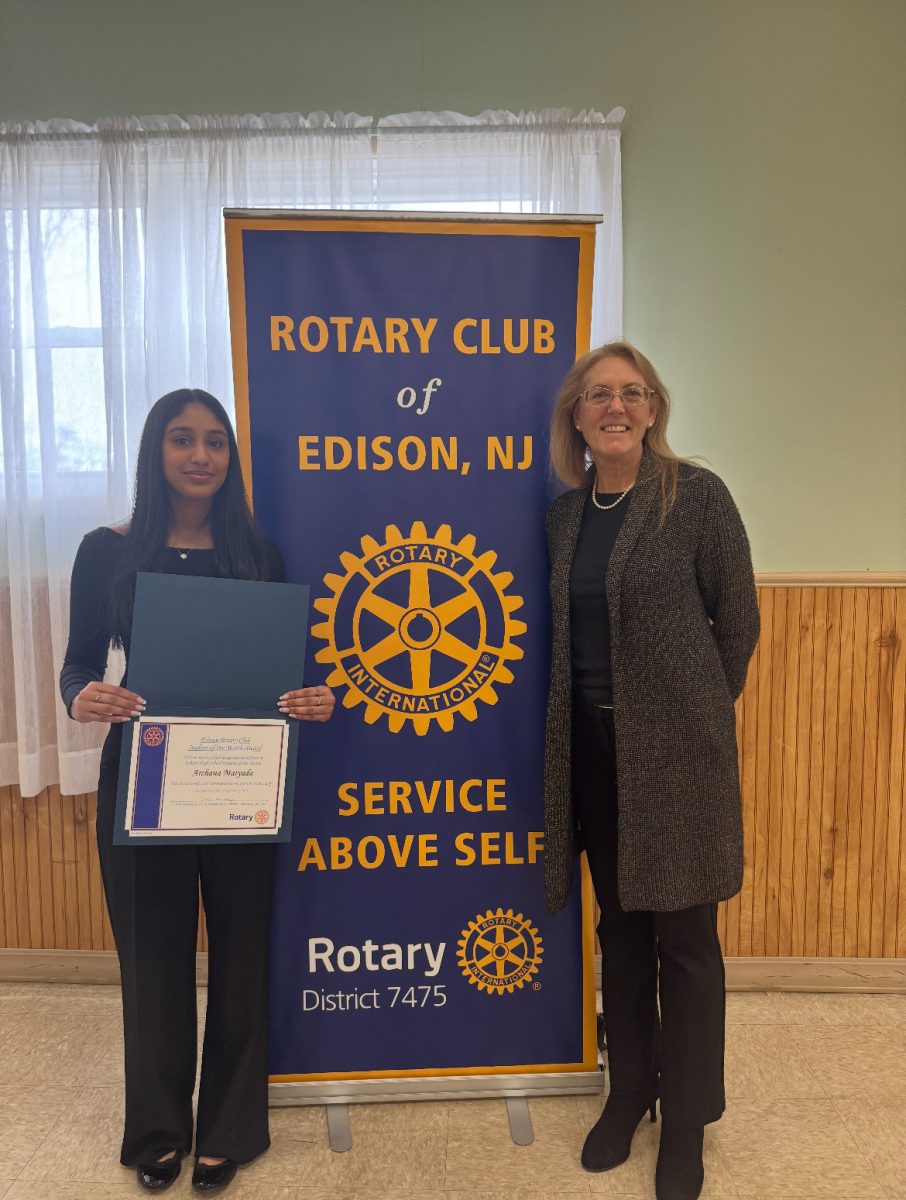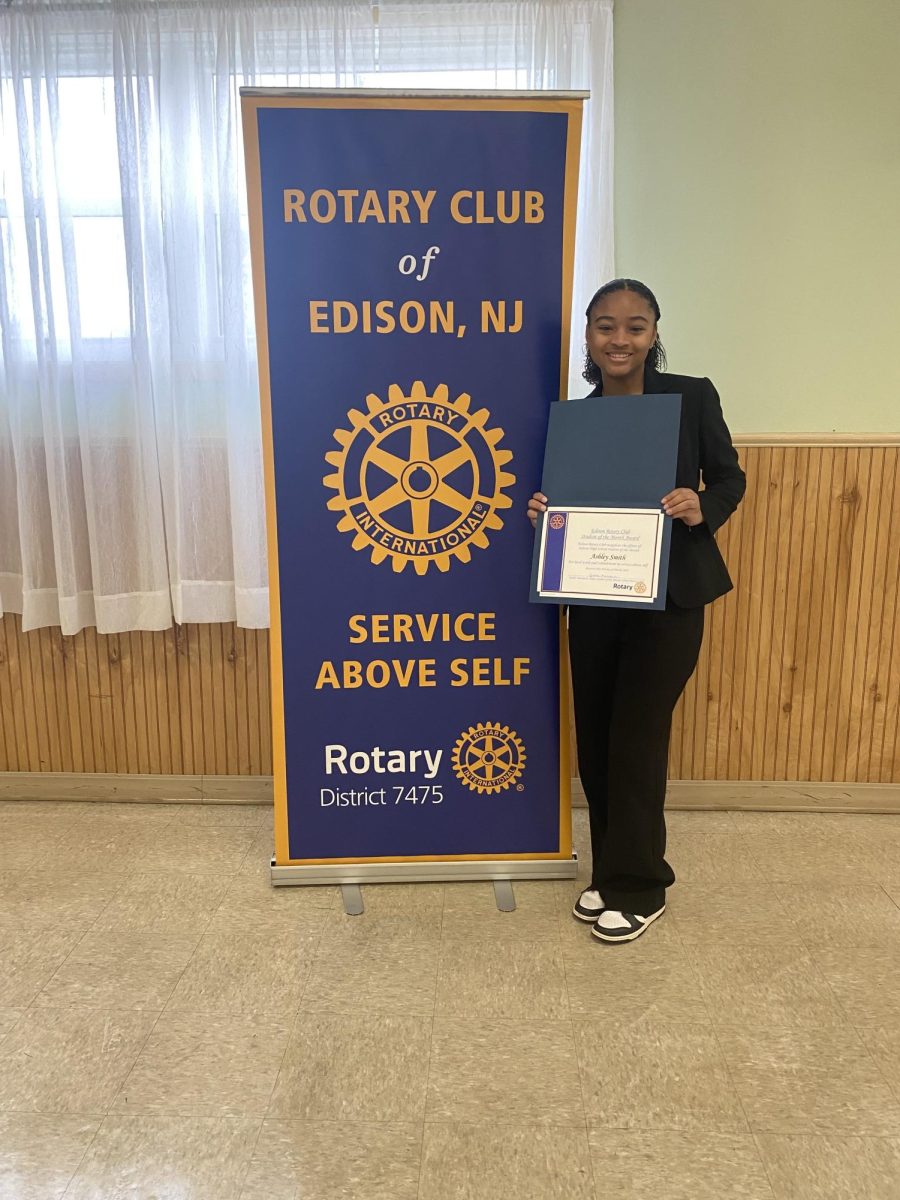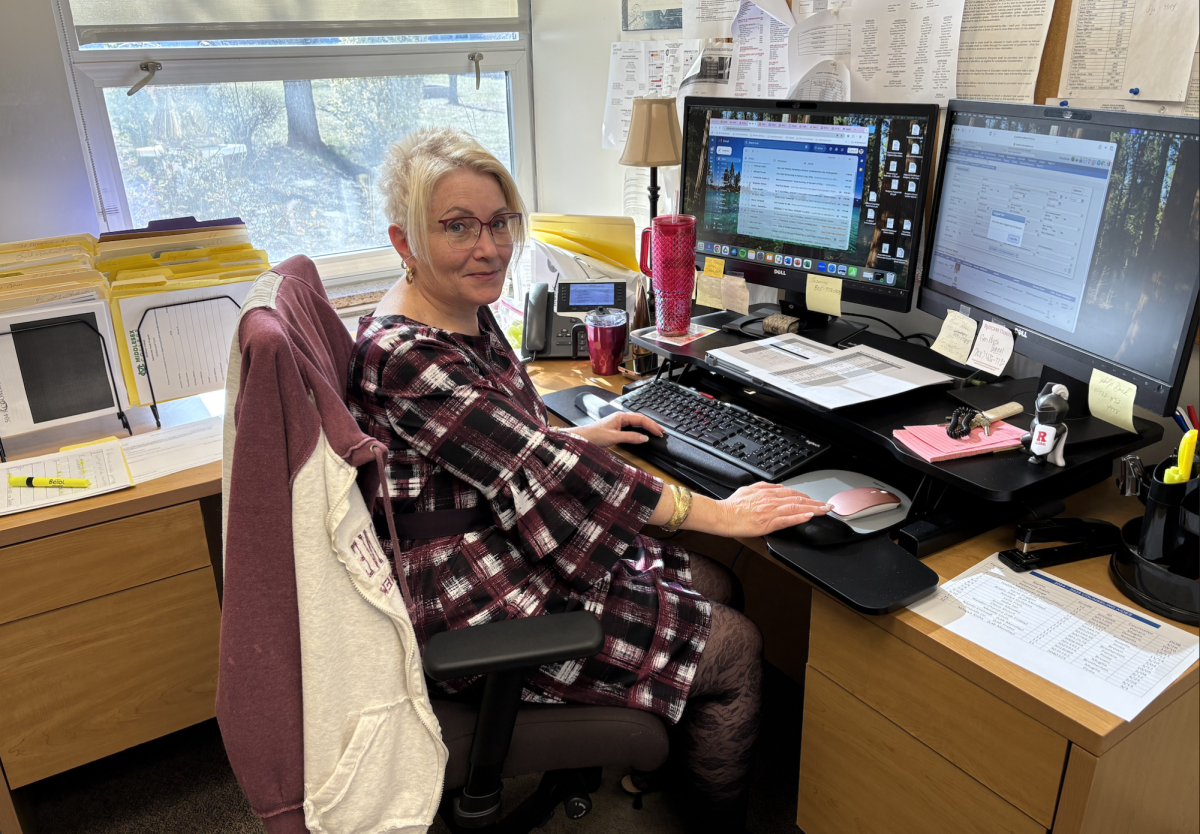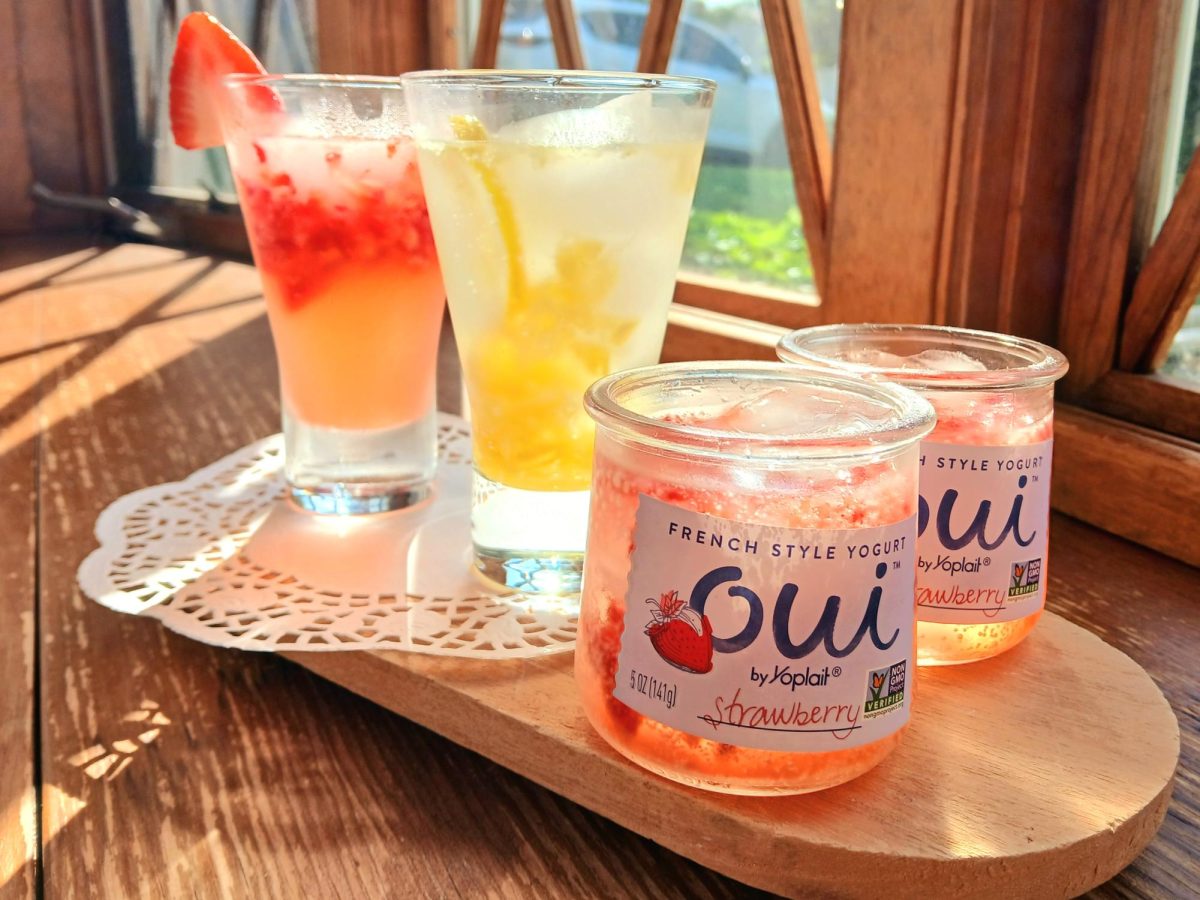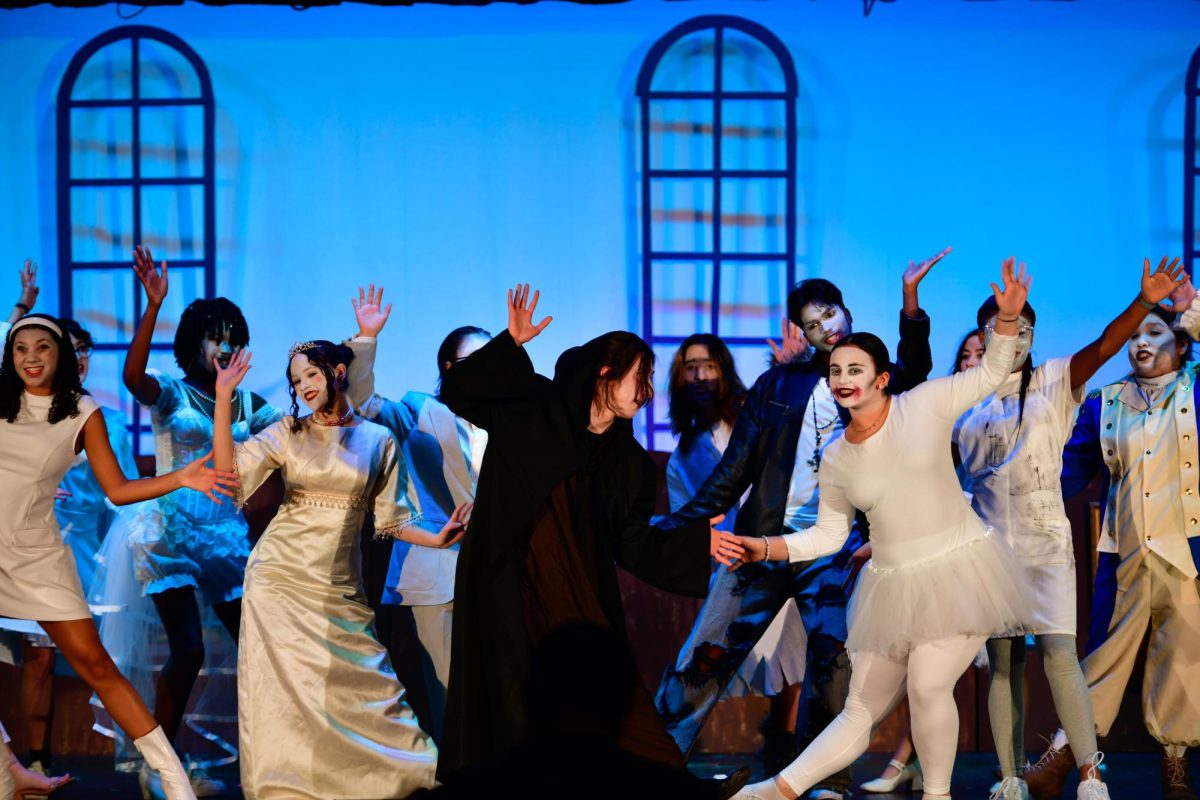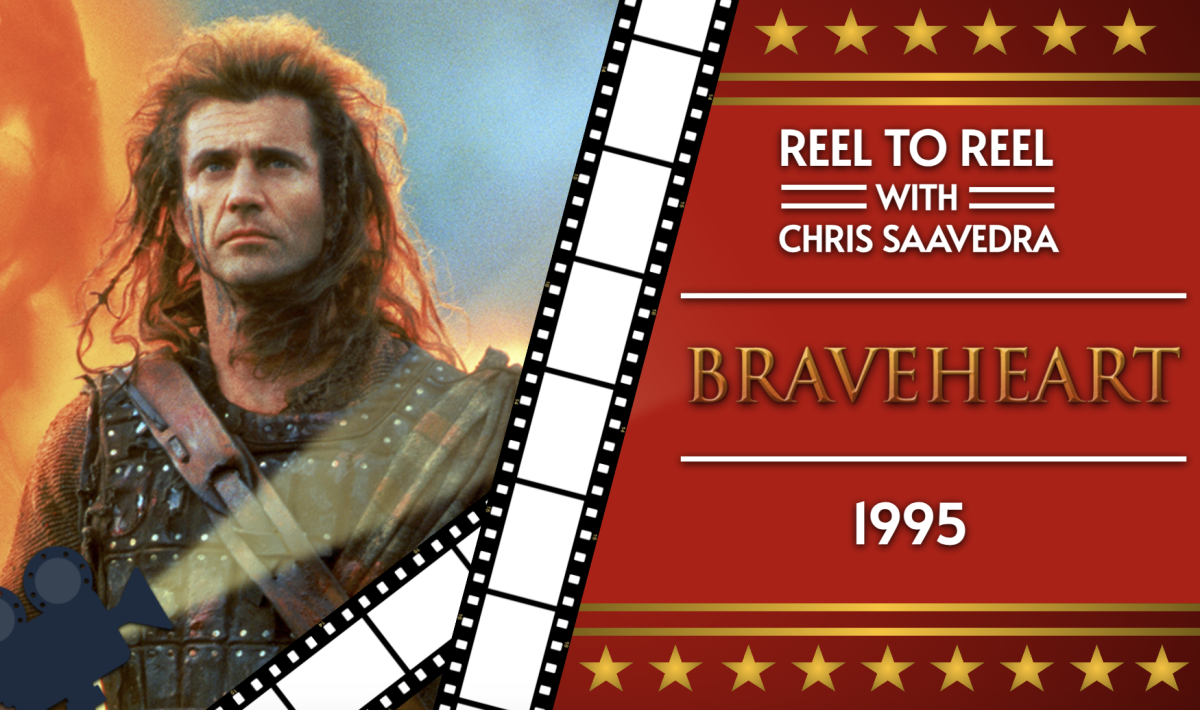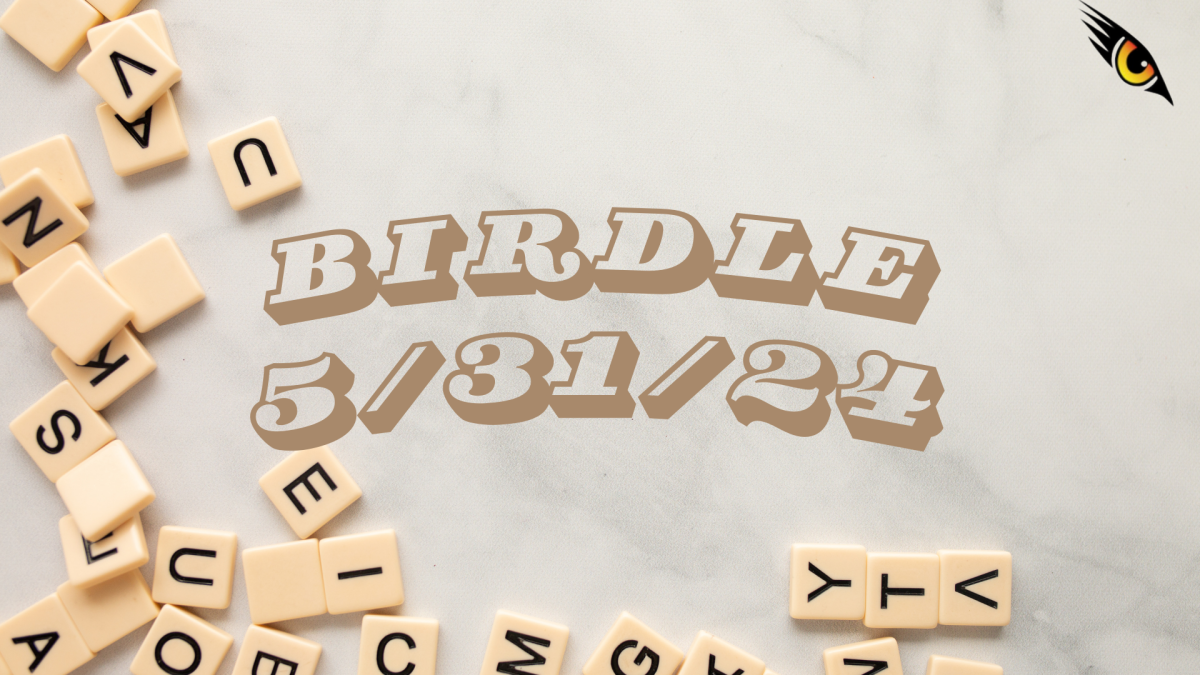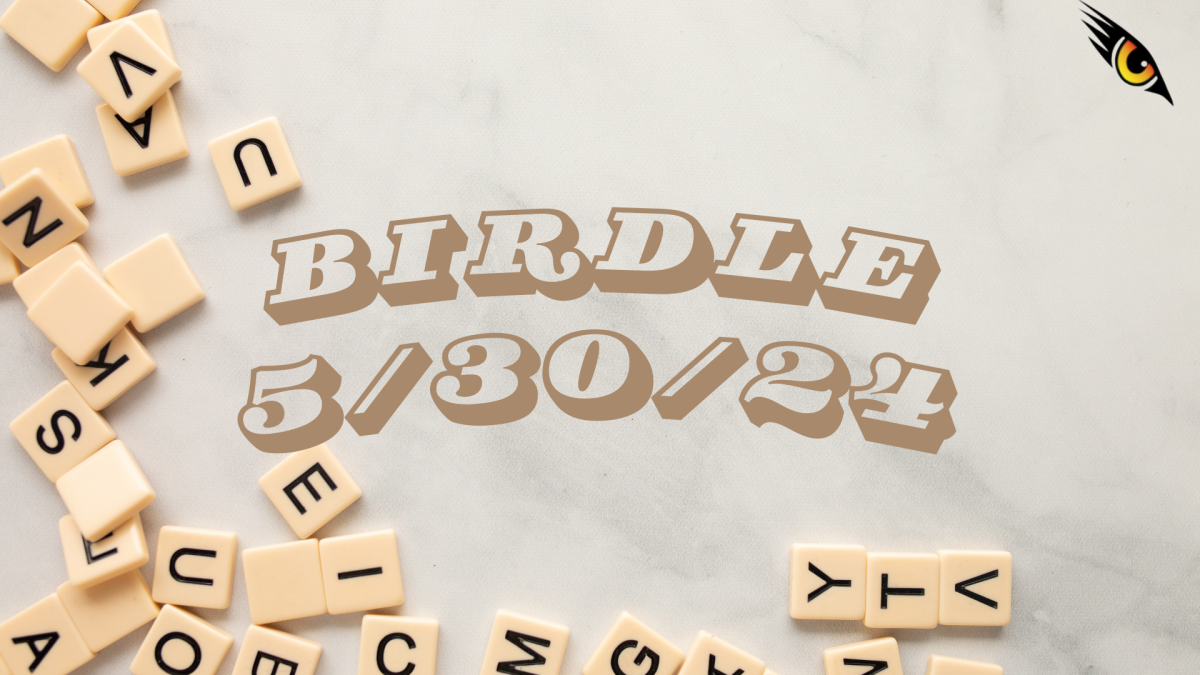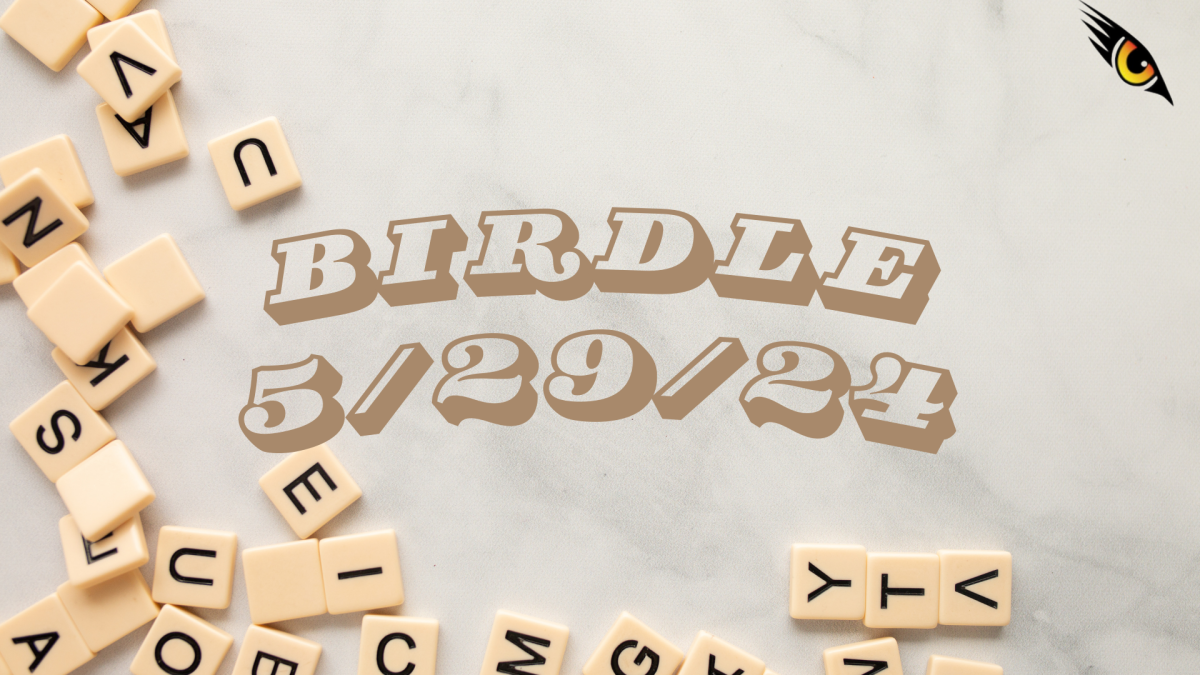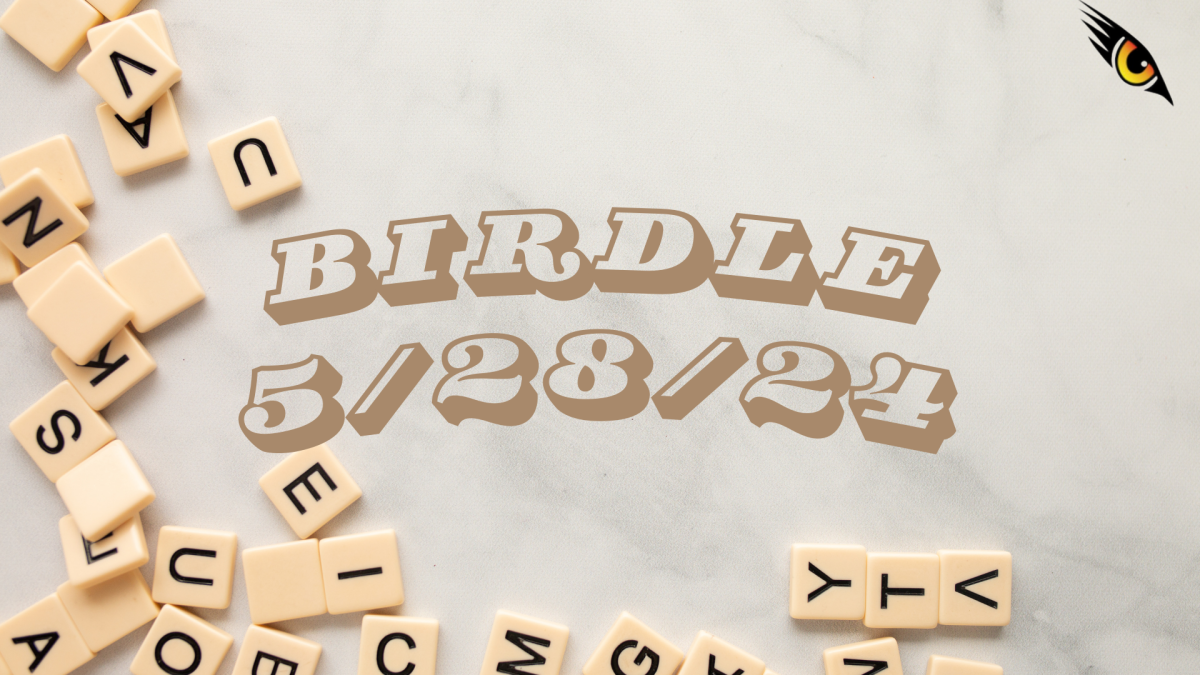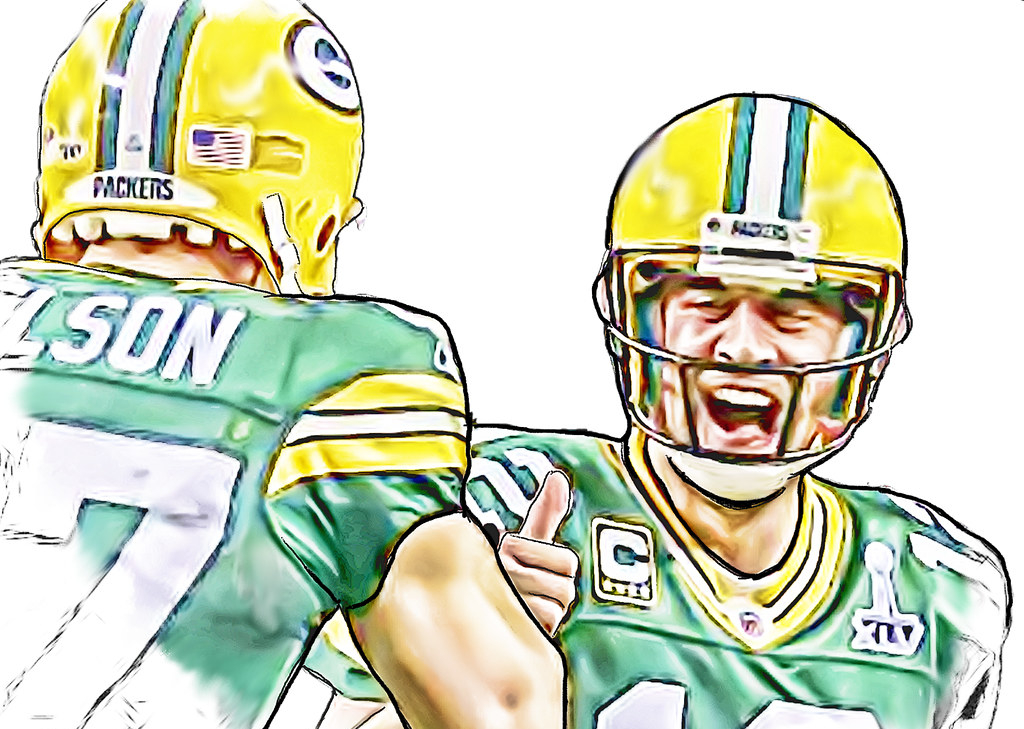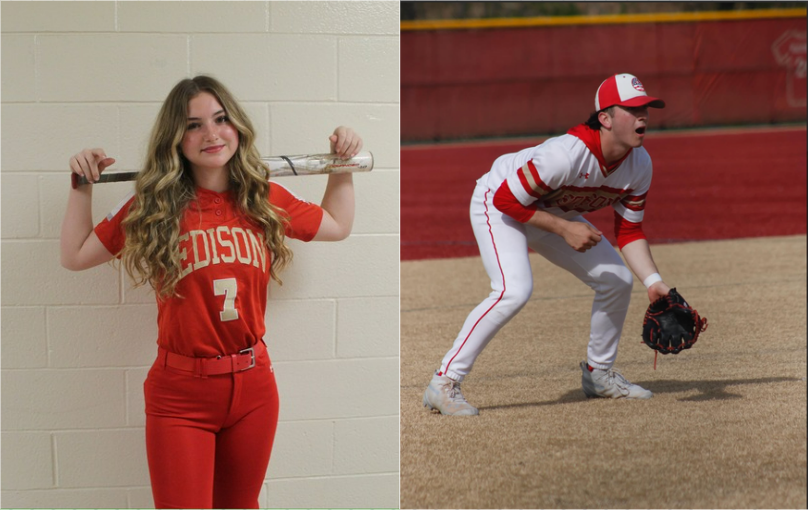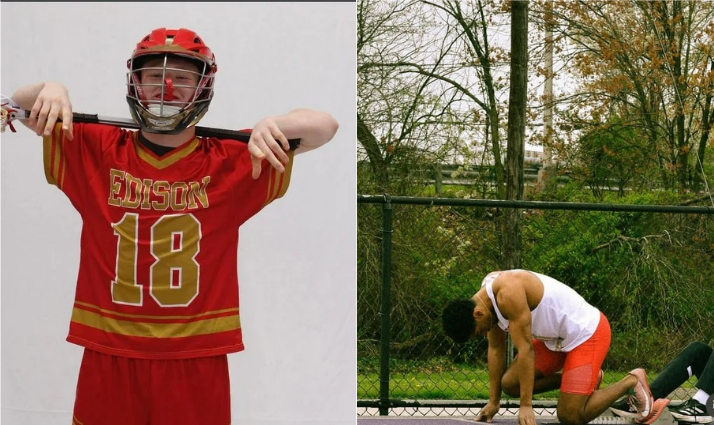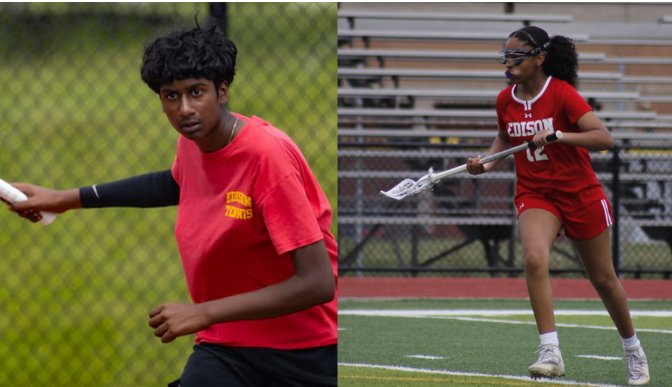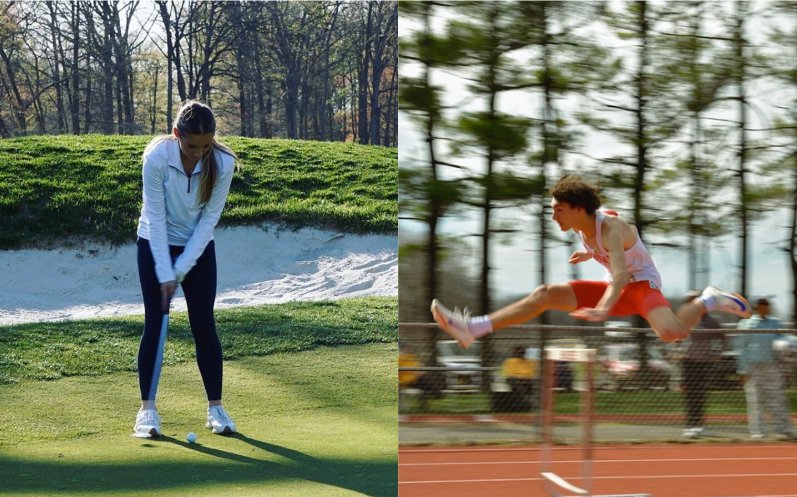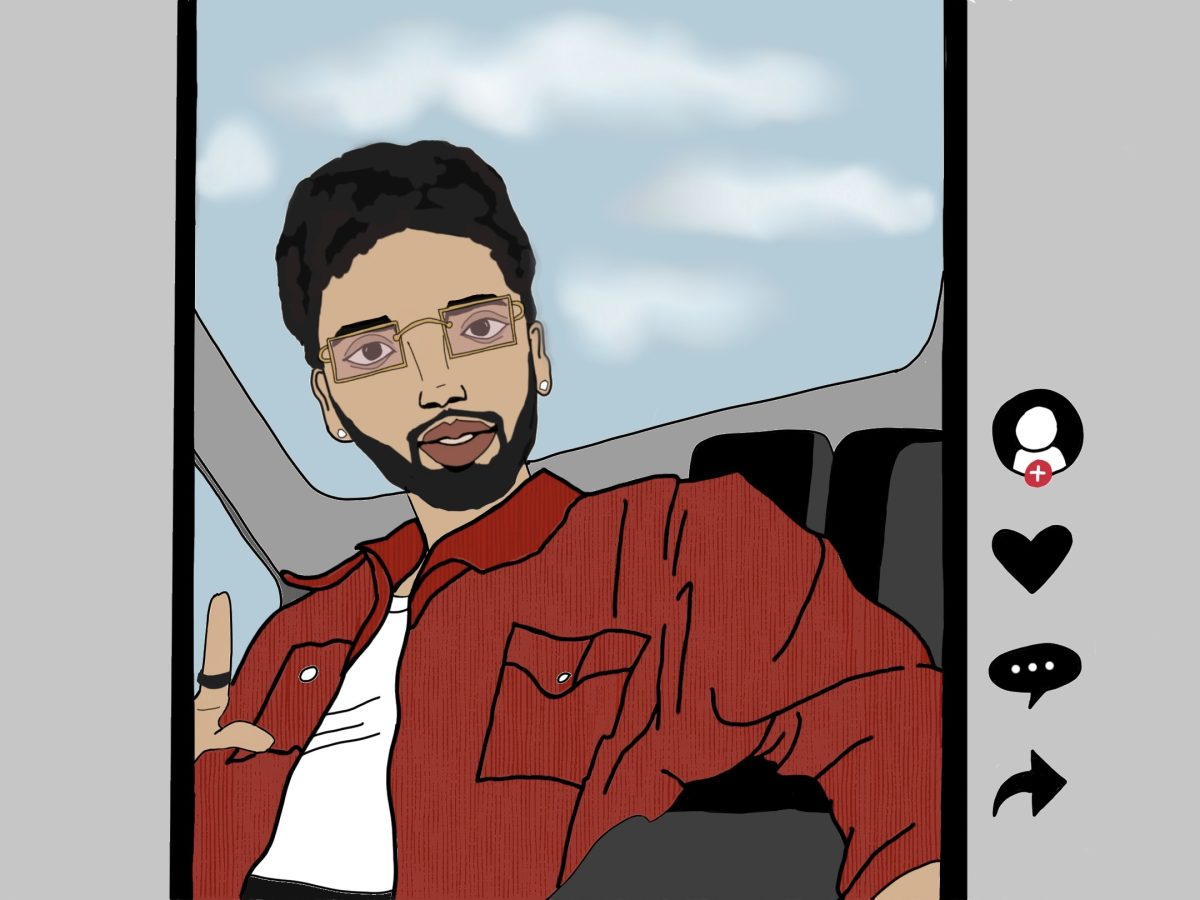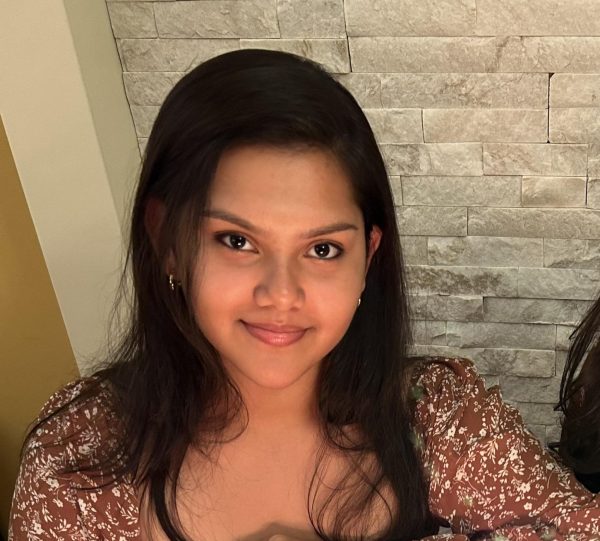“Am I your Roman Empire? Am I your Roman Empire, Pookie?”
Yes, of course. From TikTok content creator Prayag Mishra, this quote epitomizes a recent change of South Asian representation in Western media. While some might refer to the resultant trends as “just funny” or even cringy, the contemporary rise in unconventional brown creators signifies an important switch in Western perception of brown culture— which truly is OUR Roman Empire.
From being labeled as “FOBs” (fresh off the boat, a derogatorily used term to describe immigrants, especially Asians) to enduring accent stereotypes and cultural generalizations, the brown community has navigated a plethora of biased narratives since the initial wave of South Asian immigration to the US in the 90s. Generations later, these labels have perpetuated stereotypes and reinforced a subtle sense of foreignness, making it challenging for second- and third-generation brown Americans to fully participate in and contribute to their adopted societies without the burden of preconceived notions. While this isn’t as obvious of an issue in Edison, where unique racial demographics make South Asians the majority, these stereotypes nonetheless play an influential role in shaping perceptions and interactions.
Now, we’re not here to rehash criticisms of poor brown representation in Western media— we’ve previously covered the issue with the Baljeet/Ravi/Chirag typecast in Hollywood (see “Brown Boys”). However, what is arguably more current than the on-the-nose accents in Jessie and Diary of a Wimpy Kid is the perpetuation of stereotypes in supposedly progressive narratives. In the realm of social media, for instance, where trends and cultures are openly redefined, the absence of prominent brown influencers underscores a glaring gap in diverse voices. That is, until now.
Recently, there has been a surge of brown creators stepping out of the “nerd” stereotypes, without completely abandoning their cultural identity for another (ex: NAV’s alleged Blaccent, see “Brown Boys”). Most notably, Prayag Mishra, otherwise known as Big Pookie on TikTok, has taken a hold of the internet with his sassy man quips. Over the summer, TikTok saw a sassy man apocalypse, with girlfriends showing off their boyfriends’ sassy mannerisms. Simultaneously, Mishra uploaded the iconic clip of him saying, “I’m always going to like your story, even if we stop talking. The problem was never how you look. It’s the way you act,” along with his signature dance and hand gestures. He quickly became the internet’s boyfriend with other viral clips such as “Am I Your Roman Empire, Pookie?” and “Agora Hills,” perfectly embodying the sassy man archetype.
Brown men have historically been confined to the IT boy stereotype, and those who have tried to break out of it became perpetrators of cultural appropriation. Yet, Mishra broke that particular barrier by winning over TikTok’s heart with his authentic self, quite reminiscent of charismatic Bollywood heroes (who had previously been viewed as too traditional or uncool by Western audiences). His popularity marks a change in the usual Indian stereotypes, and a shift in the romantic appeal of South Asian culture, emphasizing the importance of such brown creators.
Similarly, a Southeast Asian creator from the other side of the pond rose to TikTok fame these past few months. Sabrina “Tube Girl” Bahsoon, a Malaysia native, kicked off the Tube Girl craze by filming herself casually dancing in the London underground to various trending tunes. The trend has found itself permeating subways and TikTok users across the world, most notably with NYC model Haley Kalil recreating it as well. Many fans of Bahsoon have left comments on her far-reaching videos, claiming that their “anxiety could never,” and overall, highlighting how her videos have been a symbol for self-confidence. Historically, Asian characters, especially women, have been portrayed as shy, socially-awkward, and subservient (ex: Majula, Apu’s wife on The Simpsons). In contrast, Bahsoon is anything but, showing the internet that brown women can be as confident and fun as any other demographic.
Overall, both creators’ content romanticize South Asian culture for users, with Mishra taking on the caricature of a romantic Bollywood lead, and Bahsoon highlighting the South Asian media’s tendency to always break into song and dance. Unlike in previous instances, both Bahsoon and Mishra are viewed in a positive, even attractive, light by audiences, marking a shift in perception of South Asians in media.
This shift in representation is not only a victory for authenticity on the digital stage. With a nearly 40% Asian population at EHS, the amplification of South Asian voices can contribute to an even further inclusive and empowering school environment. As with any large and diverse group, there can be a risk of perpetuating stereotypes or assumptions, even unintentionally.
Even moreso, the everyday cycle of cultural appropriation we see with brown people and more popularized cultures in Edison High and beyond can be slowed down as we get more realistic and relatable South Asian depictions in media. By examining how these creators are challenging harmful stereotypes and reclaiming their narratives, we can open important conversations about representation, identity, and cultural understanding at EHS.
The current rise in South Asian representation on social media offers a distinct narrative. Creators like Prayag and the Tube Girl have not been taken by their audiences as mere objects of fascination, but rather individuals reclaiming their narratives authentically. This difference underscores the potential for this cultural moment to be a groundbreaking opportunity for genuine representation, allowing brown people to share their stories on their terms and challenge stereotypes in a positive light. It is crucial for both creators and audiences to remain vigilant, ensuring that this rise in popularity remains a celebration of diversity rather than a perpetuation of harmful tropes.
In the ever-evolving landscape of brown representation in social media, Big Pookie, the Tube Girl, and their fellow creators are throwing out South Asian stereotypes with individualism and authenticity. At the end of the day, their expression of self doesn’t revolve solely around their racial identity (or defiance of it), but rather a mixture of their unique cultures and charming personalities— and this is precisely what we need to rewrite the script for a future of positive South Asian representation.

